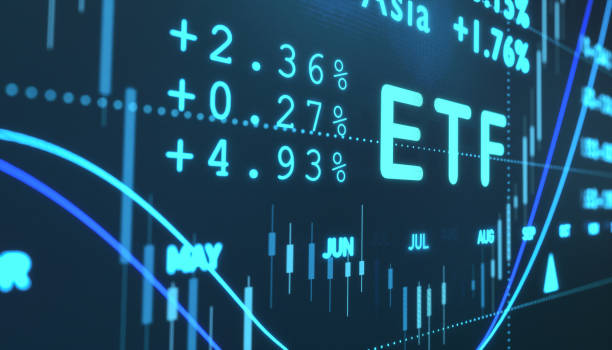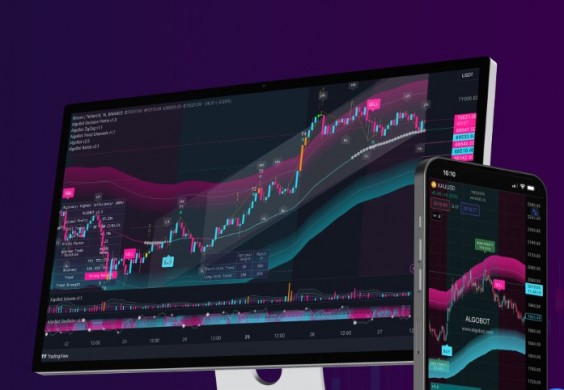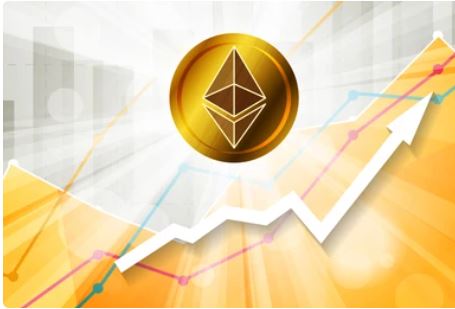Memes have long been a vital component of human culture, continually evolving across different mediums. The concept of a “meme” was introduced by British evolutionist Richard Dawkins in his groundbreaking 1976 book, “The Selfish Gene.” He described memes as units of cultural transmission—such as “tunes, ideas, and catch-phrases”—drawing a parallel to the way genes propagate in biological evolution.

The dissemination of memes has undergone substantial changes over time, shaped by shifts in society, culture, and technology. In ancient eras, folk tales and religious symbols were among the earliest forms of memes, passed down orally or through handwritten texts. During World War II, the “Kilroy was here” graffiti meme gained popularity, marking the presence of American soldiers. In today’s digital age, memes have found new forms in viral videos and image macros like “Doge,” spreading swiftly through the internet and social media. This modern era enables cultural ideas to diffuse more rapidly and broadly than ever before.
The Meme Coin Scenery
Since Dogecoin’s debut in 2013, the meme coin sector has experienced remarkable growth, reaching a market capitalization of $60 billion as of June 2024. This sector is defined by crypto-assets that often feature familiar animals, characters, and recently even political figures, incorporating humor to capture attention and encourage community engagement. Their expansion is largely fueled by speculation and market sentiment rather than inherent value.
Currently, the most prominent meme coins include Dogecoin (DOGE), which runs on its own Proof-of-Work blockchain, and ERC-20 tokens like Shiba Inu (SHIB) and Pepe (PEPE), which collectively soared to over $100 billion in market value in 2021. Solana has also become a fertile ground for meme coins, with numerous Solana Program Library (SPL) tokens emerging due to its low transaction fees, expanding ecosystem, and user-friendly token creation platforms like pump. fun. This has led to meme coins such as Dogwifhat (WIF) and Joe Boden (BODEN).
Meme Coin Market Activity
Increasing interest in the meme coin sector has significantly boosted activity in digital asset markets. Although trading volumes typically align with broader market trends, meme coins achieved remarkable figures in March, with spot trading volumes hitting $13 billion (7-day average) on centralized exchanges, surpassing major assets like Ethereum (ETH) and Solana (SOL).
Decentralized exchanges (DEXs) are also vital to the meme coin ecosystem, offering crucial infrastructure for liquidity pools and asset trading, thereby enhancing accessibility and liquidity for a diverse user base.
Analyzing relative trading volumes reveals a shift in influence from older meme coins like DOGE and SHIB to newer ones like PEPE and various Solana-based meme coins, which now account for over 50% of trading volume collectively. This trend indicates a growing investor preference for newer meme coins, driven by expanding communities, robust blockchain ecosystems, and the allure of potentially higher returns. Nonetheless, the established liquidity and proven track record of older meme coins are significant considerations for prospective investors.
User Growth & Risks of Meme Coins
The rise in market presence and user growth of meme coins comes with inherent risks that must be carefully considered. The Gini coefficient, a measure of wealth distribution ranging from 0 (perfect equality) to 1 (maximal inequality), can be applied to evaluate the distribution of token holdings among different addresses in the meme coin sector.
A high concentration of token ownership poses risks of market manipulation, as large holders, known as “whales,” can dramatically impact the token’s price through substantial buy or sell actions, leading to significant volatility. Furthermore, when a few addresses hold the majority of tokens, liquidity issues may arise, especially if liquidity provision is dominated by a small number of entities on decentralized exchanges.
With a high Gini coefficient of approximately 0.8, meme coins exhibit a notable centralization of token holdings. This centralization introduces various risks, such as market manipulation and liquidity problems, and prompts investor caution. Understanding these factors is crucial for assessing the stability and potential risks associated with investments in the meme coin sector.
Conclusion
The meme coin sector has shown remarkable growth and influence within the cryptocurrency market, leveraging the viral appeal of memes and their ease of propagation to establish a strong presence on various blockchains. This sector’s robust performance, paralleling Bitcoin’s rise since the launch of spot ETFs, highlights its increasing attractiveness to both retail and institutional investors.
However, the sector faces significant risks, as evidenced by a high Gini coefficient of around 0.8, indicating considerable centralization of token holdings. This centralization brings risks of market manipulation, liquidity challenges, and volatility that many investors find unacceptable. As the meme coin sector continues to develop, understanding these dynamics is essential for evaluating its progression and potential risks.
Learn from market wizards: Books to take your trading to the next level.














